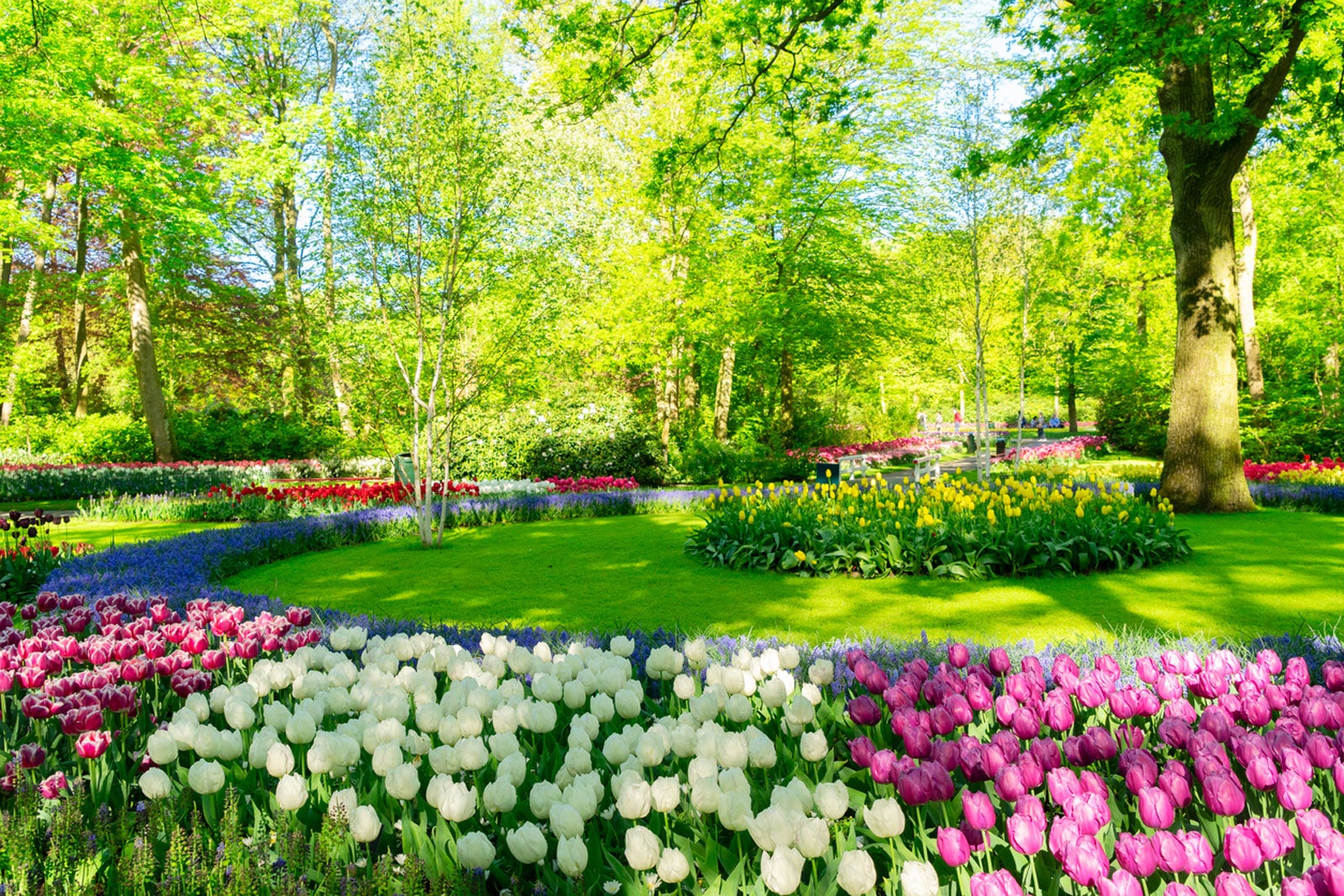Flower Bed Styles: Different Types Of Flower Beds For The Garden


A flower bed is the crowning glory of any garden, providing color that begins in the warm days of early spring and continues until the weather turns cooler in autumn. Often the “skeletons” of dormant plants add texture and interest throughout the winter and the seeds offer much needed nourishment to hungry songbirds.
Creating a glorious display isn’t as difficult as you might imagine, but there are several kinds of flower beds to consider.
Read on for information on various flower bed styles.
Different Types of Flower Beds: Borders and Islands
Borders are flowerbeds sited against a backdrop such as a house, fence, hedge, or walkway. This type of flowerbed is viewed primarily from one side. Typically, flower bed designs for borders include tall plants at the back and mid-sized plants in front of the taller plants. Shorter plants, generally measuring less than 10 inches (25 cm.) in height, line the front of a border style flower bed.
Islands are flower bed designs that have no backdrop. They can be square, round, rectangular, or any other shape that strikes your fancy. Unlike borders, island flower beds can be viewed from all sides. The layout is similar to a border flower bed, except taller plants are in the center of the island surrounded by plants that are smaller towards the outer edges of the bed.
Flower Garden Ideas
A perennial bed is filled with nothing but perennials that return year after year. Many perennial plants bloom throughout the growing season while others may flower in spring, summer, or fall.
Perennials and bulbs are easily combined in a bed where perennials camouflage the fading leaves of tulips or daffodils. For instance, surround tall tulips with lower growing perennials.
Gardening tips, videos, info and more delivered right to your inbox!
Sign up for the Gardening Know How newsletter today and receive a free copy of our e-book "How to Grow Delicious Tomatoes".
Perennials and annuals planted together ensure a nonstop show of color throughout the season. It works well to have a general color scheme such as yellow and purple or pastels like lavender, pink, and peach or you can have fun with a cheery jumble of colors.
Flowers and herbs are fun to plant together but be sure the plants have similar growing requirements. For instance, you wouldn’t want to plant a sun-loving herb like thyme with shade plants such as hostas.
Single plantings tend to be most successful with big, bold plants like peonies, roses, or rhododendrons, which look great all by themselves.
Tips on Flower Bed Designs
Edging isn’t required, but if you want to define the flower bed so it stands out from the lawn, edge it with rocks, bricks, or pre-made edging constructed of plastic, wood, or wire. Another alternative is to edge the bed with low growing, mounded shrubs.
Raised beds are useful if your soil is poor or if there’s some other reason you can’t dig into the soil. This is also a good solution if you want to prevent unnecessary wear and tear on your knees or back.
Plants are most pleasing to the eye when arranged in odd numbers. However, even numbers may be preferable if you’re looking for a more formal appearance.

A Credentialed Garden Writer, Mary H. Dyer was with Gardening Know How in the very beginning, publishing articles as early as 2007.